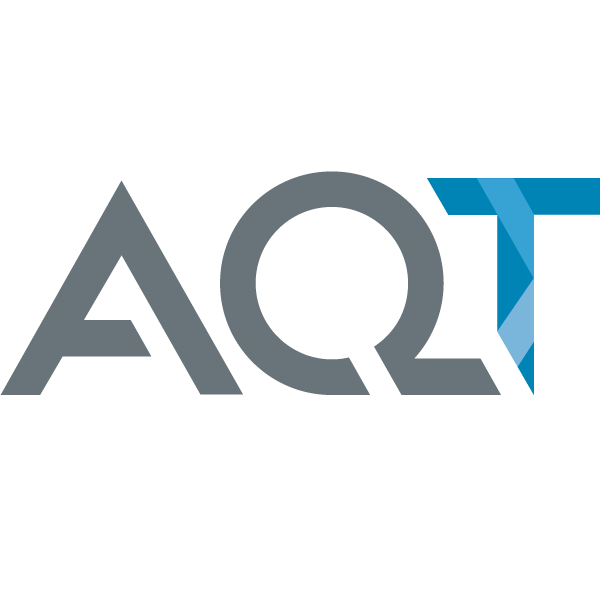The Impact of the U.S. elections
Longueuil (Quebec), November 15, 2024 - During his conference with the members of the AQT, Pierre Cléroux, Chief Economist at BDC, shared his analysis regarding the impact of the U.S. elections on the Quebec and Canadian economies. The discussions covered trade relations, economic trends, and the necessity to stay alert to future U.S. economic policies. Here is an overview of the key points discussed.
Key Takeaways
— Resilience Against Tariffs: In the past, the Canadian economy has demonstrated resilience and adaptability despite tariffs, as seen with the increase in exports to the United States in 2022, which reached record levels despite the tariffs imposed by the Trump administration.
— Vigilance Needed Regarding Competitive Gaps for Quebec Businesses: A potential combination of tax cuts in the U.S. and increased tariffs could widen the fiscal gap with Canada, affecting the competitiveness of Quebec businesses in the North American market.
— Innovation Essential for Quebec SMEs: 48% of businesses plan to increase their investments in information technologies over the next year, the highest rate since 2022, driven by the adoption of artificial intelligence.
— Growth Outlook for Quebec: After near-zero growth in 2023, a 0.7% increase is expected in 2024, followed by a more significant improvement in 2025 due to lower interest rates and major investments.
Resilience Against Tariffs
Despite the tariffs imposed by the Trump administration between 2016 and 2020, Canadian exports demonstrated remarkable adaptability, reaching record levels in 2022. With 75% of Canadian exports destined for the United States, this performance reflects the strength and agility of Quebec and Canadian businesses in the face of trade tensions. However, the threat of new tariffs on Canadian imports, ranging from 10% to 20%, remains a concern.
Declining Interest Rates: A Breath of Fresh Air for Businesses
Pierre Cléroux noted that the recent rise in interest rates cost Canadians $77 billion in interest payments. However, the Bank of Canada is starting a downward trend, with a forecast of 2.5% by the summer of 2025. This reduction, by easing the burden of debt, could stimulate innovation and encourage businesses to invest in digital transformation, particularly in technologies like artificial intelligence.
Quebec SMEs Will Focus on Technological Innovation
According to BDC surveys, 48% of businesses plan to increase their investments in information technologies over the next 12 months, the highest rate since 2022. Artificial intelligence plays a central role in this, boosting productivity. More than just an asset, innovation has become indispensable for ensuring business growth.
Energy and Innovation: Engines of Economic Growth
Massive investments are expected to drive economic growth in Quebec, positioning it as a leader in green energy and clean technologies. Hydro-Québec announced a $100 billion commitment to increase its energy production capacity. At the same time, Northvolt plans to invest $7 billion in a battery manufacturing plant in Quebec, although this investment remains uncertain. These large-scale projects are expected to invigorate Quebec's economy by attracting investment, creating jobs, and stimulating key sectors.
Anticipating the U.S. Economic Agenda
Pierre Cléroux highlighted the uncertainties surrounding a possible re-election of Donald Trump in 2024. His economic agenda could include tax cuts in the U.S., which would stimulate their economy but widen the fiscal gap with Canada, affecting the competitiveness of Canadian businesses. Additionally, the potential imposition of tariffs of 10% to 20% on imports, including from Canada, could negatively impact exports despite the resilience of the economy. It will be crucial to stay vigilant, monitor political and economic developments, and adapt strategies accordingly.
Growth Outlook for Quebec
After a year of economic stagnation in 2023, the outlook for 2024 and the following years is more promising. Economic growth of 0.7% is anticipated in 2024, with a stronger recovery expected in 2025, driven by lower interest rates and an acceleration of investments. Positive indicators include a recovery in construction starts and an increase in retail sales, reflecting a renewed sense of confidence among both consumers and businesses.
